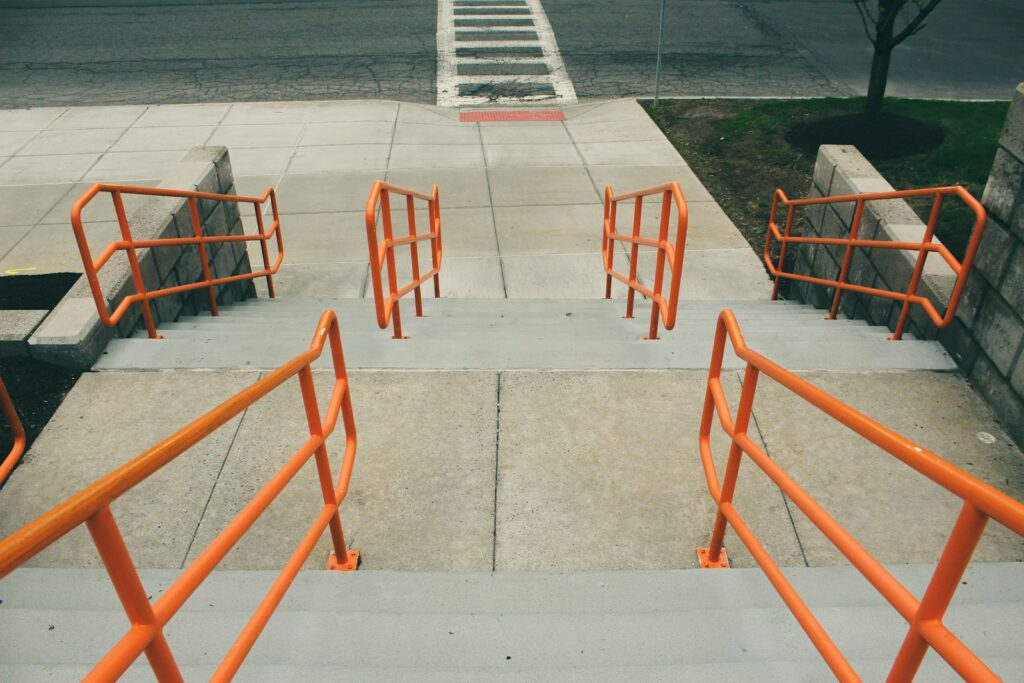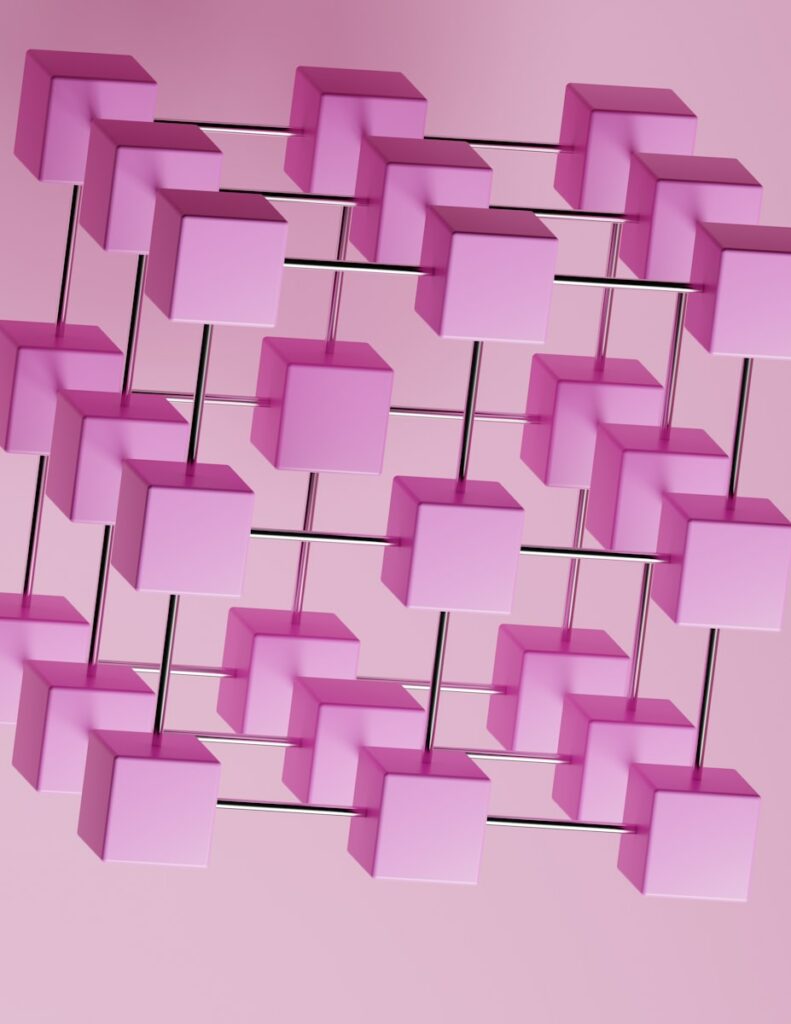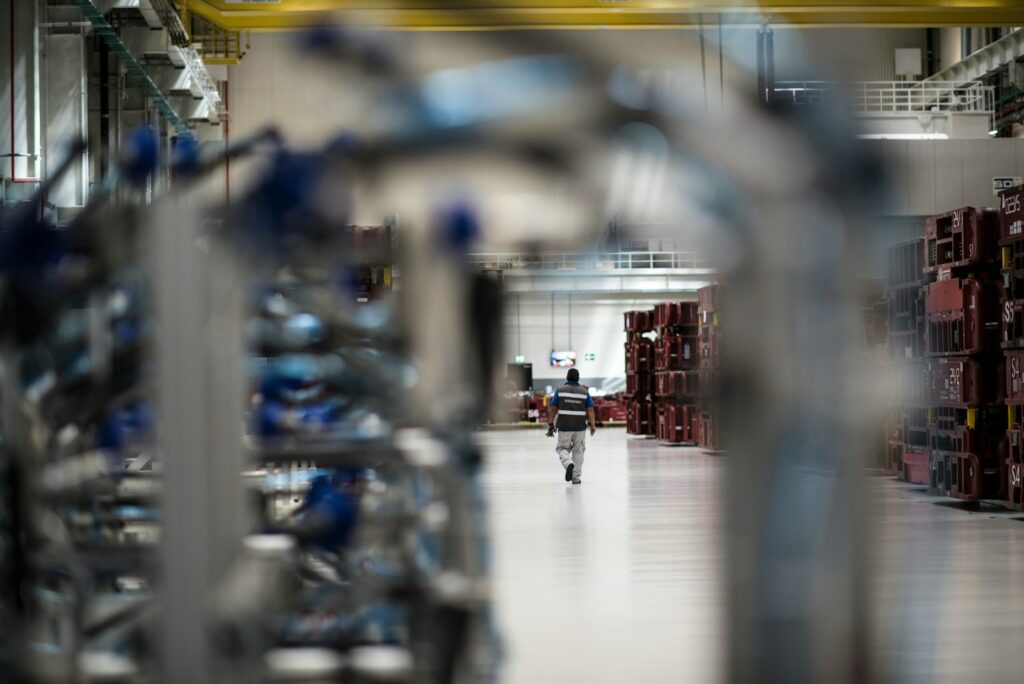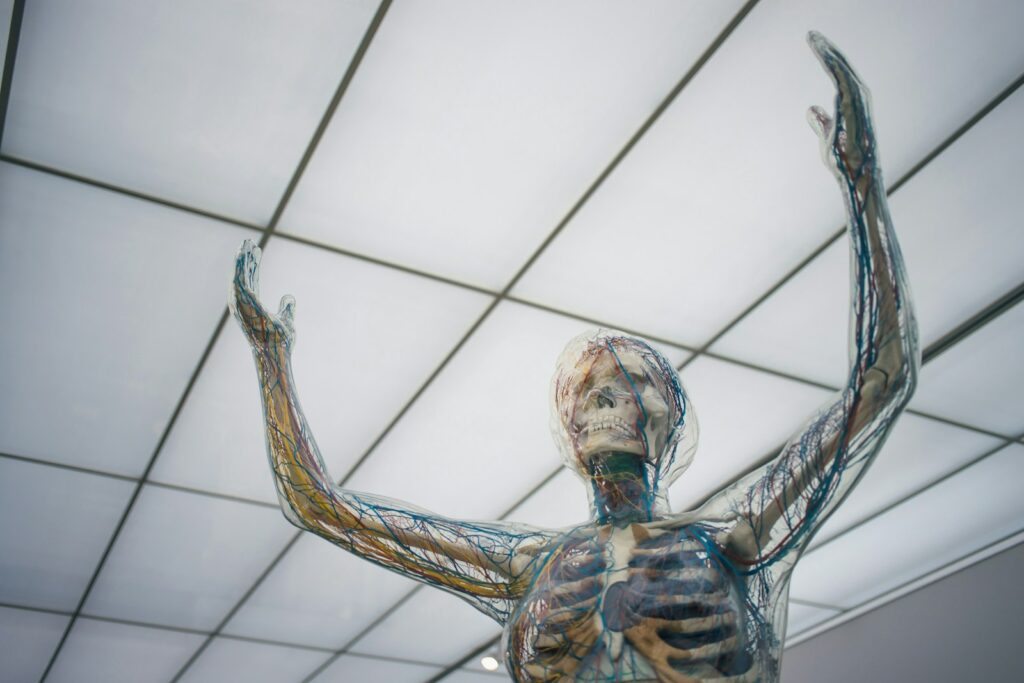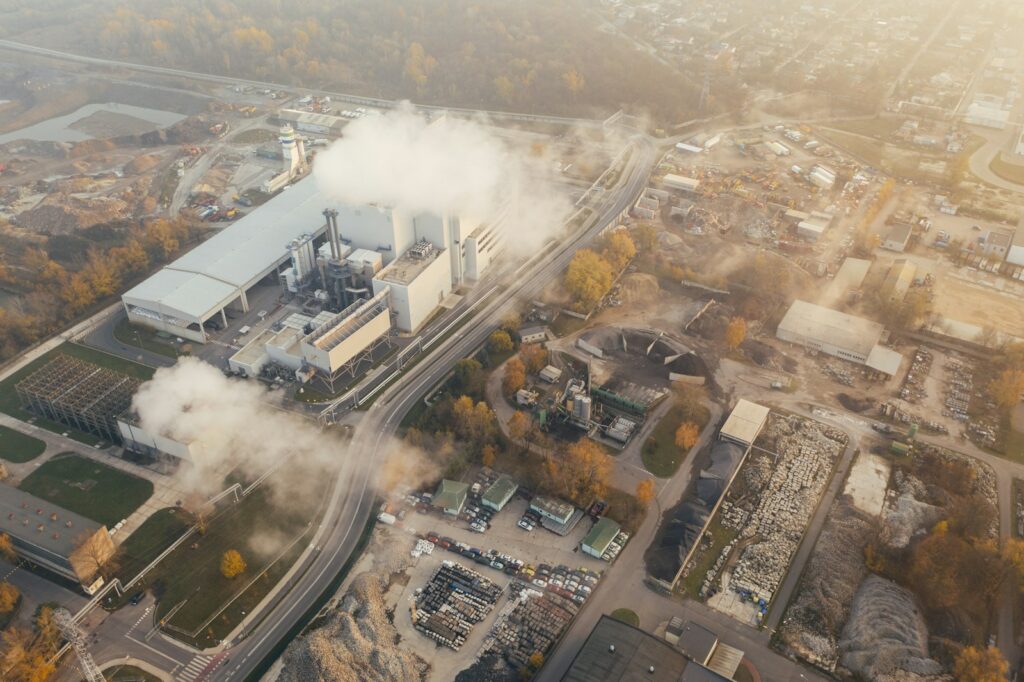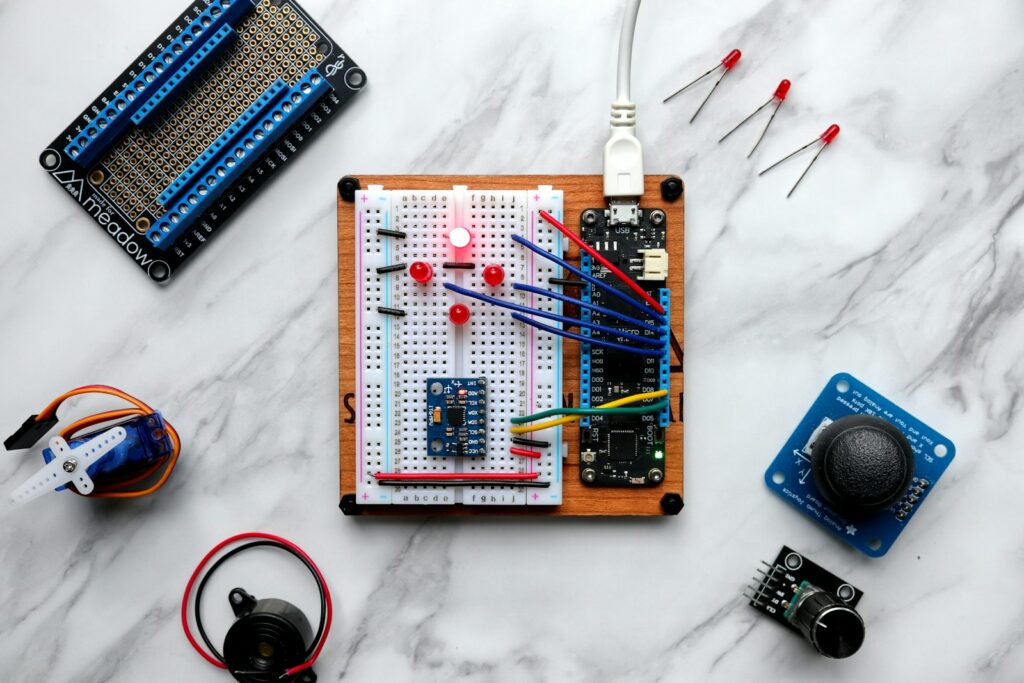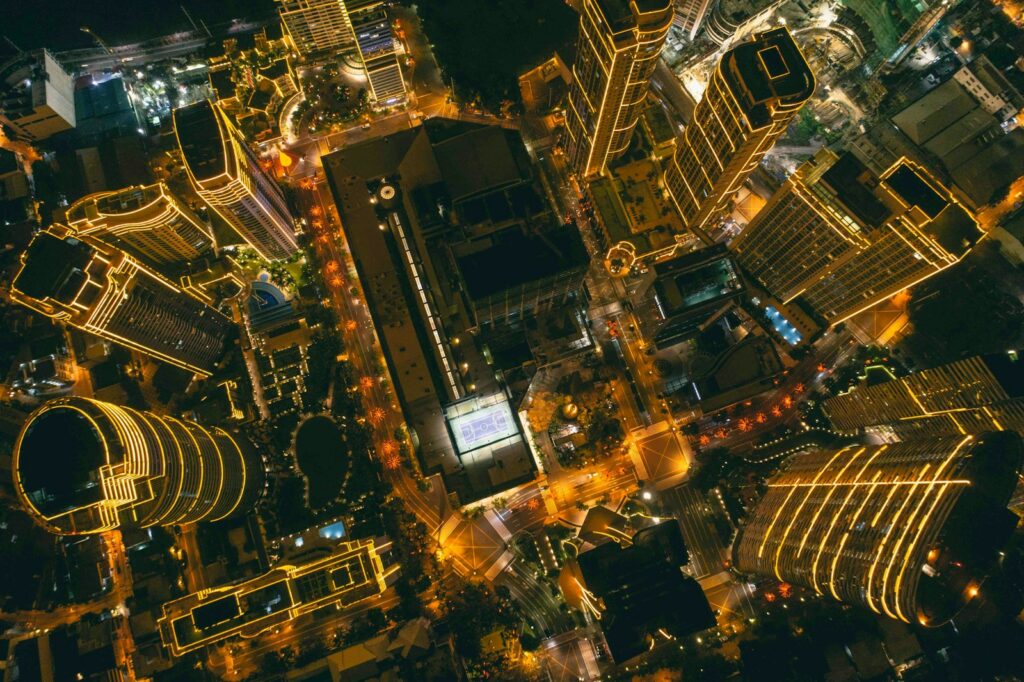Cesium is a 3D platform for Geospatial. It is an open platform for software applications designed with the sole purpose of releasing the power of 3D Data. In short, it enables businesses, developers, and the metaverse developer to create 3D applications. The Metaverse Insider had the pleasure of interviewing Shehzan Mohammed the director of 3D engineering and ecosystems at Cesium.
Can you tell us a bit about yourself and how your career led to Cesium?
“I am the Director of 3D Engineering and Ecosystems at Cesium, where I lead our outward-facing engineering, ecosystem growth, and strategic partnerships. I’ve worked with the Cesium team for more than five years, starting as a 3D software developer and growing into my current role.”
“I studied Computer Graphics and Game Technology at the University of Pennsylvania, where Patrick Cozzi, Cesium’s CEO, was one of my instructors for the GPU Programming course. As a result of taking his class, I landed my first job at ArrayFire, working on high performance GPU libraries. On my return to Philadelphia, I joined Cesium full-time and I started teaching GPU Programming at Penn as Patrick’s successor.”
What is Cesium?
“Cesium is an open platform for building applications and experiences with 3D location data. The core of our platform is 3D Tiles, an open standard we created to stream massive quantities of 3D geospatial data. Cesium is used in a wide array of industries, from the Department of Defense, to Aerospace, Commercial Real Estate, AEC (Architecture, Engineering, and Construction), Energy, Autonomous Driving, Gaming, and more.”
What were Cesium’s origins? Why was it started?
“Cesium started as a project at an aerospace software company with the initial goal of visualizing satellite trajectories in space. In 2011, a team of engineers led by Patrick Cozzi created CesiumJS to do just that and built it using WebGL, so that it could run in the browser while taking advantage of the GPU’s graphics performance. The name Cesium is derived from the element that makes atomic clocks famously accurate. CesiumJS was released open source in 2012, at a time when 3D data collection was proliferating and use cases for 3D geospatial data were exploding.”
“The Cesium team spun out as an independent company in 2019 to expand beyond aerospace. The Cesium platform now powers thousands of 3D geospatial apps and experiences, such as virtual training environments, flight simulators, research and education projects, and more.”
How important do you think 3D Geospatial data/visualization will be in the Metaverse?
“The internet is going from 2D to fully immersive 3D. As this gap diminishes, we will experience presence and accessibility from all types of devices, both traditional flat screen devices and other immersive ones. One of the bridges that we see is the creation of an accurate digital representation of the Earth, to enable new apps, experiences, and tools that will transform how we use geospatial information for decision making. There is already a massive growth in how we’re collecting geospatial data around us – from satellites and drones to personal smartphones. The collection, processing, and dissemination of this massive trove of 3D geospatial data is the challenge Cesium is addressing through open standards and interoperability.”
“Cesium is bridging the gap between digital and physical worlds by enabling everyone to create and stream massive heterogeneous 3D geospatial content using 3D Tiles. In many instances, the persistent virtual world that is the metaverse will be based on the real world, so accurate 3D data visualization, widely adopted standards, and the interoperability the geospatial industry develops and relies on will be key in building the metaverse.”
Can you outline some examples of how Cesium has aided projects in creating 3D visualizations?
“Cesium makes it easy to combine different types of data into a single visualization. For example, a user may want to include a high-resolution inset within a larger dataset collected by a satellite. Cesium converts all the data to 3D Tiles, where it can be easily visualized, analyzed, and shared within a single accurate interactive geospatial context. Cesium makes 3D geospatial accessible and useful, not only for GIS or computer graphics professionals but also for decision-makers and the public.”
“Some of my favorite User Story examples include Virgin Orbit using Cesium ion in its live tracking visualization of Cosmic Girl and LauncherOne. Brokers at real estate giant JLL explore properties with clients in an app built on CesiumJS. More recently, Professors Hidenori Watanave and Taichi Furuhashi regularly update a Cesium Story about damage in Ukraine, placing imagery and 3D data accurately on a globe.“
What are some of the use cases of Cesium you are most proud of?
“There are so many innovative ways creators have used Cesium. A few that immediately come to mind include the Smart Construction Dashboard we developed with Komatsu to monitor construction site conditions and progress; One World Terrain for the U.S. Army’s Synthetic Training Environment for collective training and rehearsal; NORAD Tracks Santa, which is a family favorite around the world, combining a virtual Earth, NORAD data, and a 3D model of Santa’s sleigh; flight trackers like FlightRadar24 and simulators like hang gliding in VR.”
What does the Metaverse mean for Cesium?
“It means our team is busy! (We’re hiring, by the way.) Cesium builds software that allows creators to bring real-world data into the metaverse. We’re continuing to build 3D Tiles as the open standard for streaming massive amounts of 3D geospatial data to digitized worlds. We also dedicate time for efforts like the Metaverse Standards Forum and Building the Open Metaverse, a podcast that brings technologists together to share knowledge about how we can collaborate on building a fair, open, and interoperable metaverse.”
Is anything exciting in the works for Cesium over the next year?
“We’re excited about the future of 3D Tiles. “3D Tiles Next” brings together years of industry experience and working with our customers and partners to address the rapid increase in geospatial data capture, dissemination, and rich semantics. This will help power the geospatial core of the metaverse.”
“We’re also working on adding Cesium to more real-time game engines. We’re making continuous updates to Cesium for Unreal, the open source plugin that brings real-world data into Epic Games’ Unreal Engine. We’re leveraging game engine technology to build VR apps for Smart Construction. And soon we’ll be announcing some exciting collaborations. Stay tuned!”
How can our readers engage and learn more about Cesium?
“Visit Cesium.com and check out our blog. Readers can also engage with us on Twitter and LinkedIn. If you’re a developer, join us at the Cesium Community Forum.”












